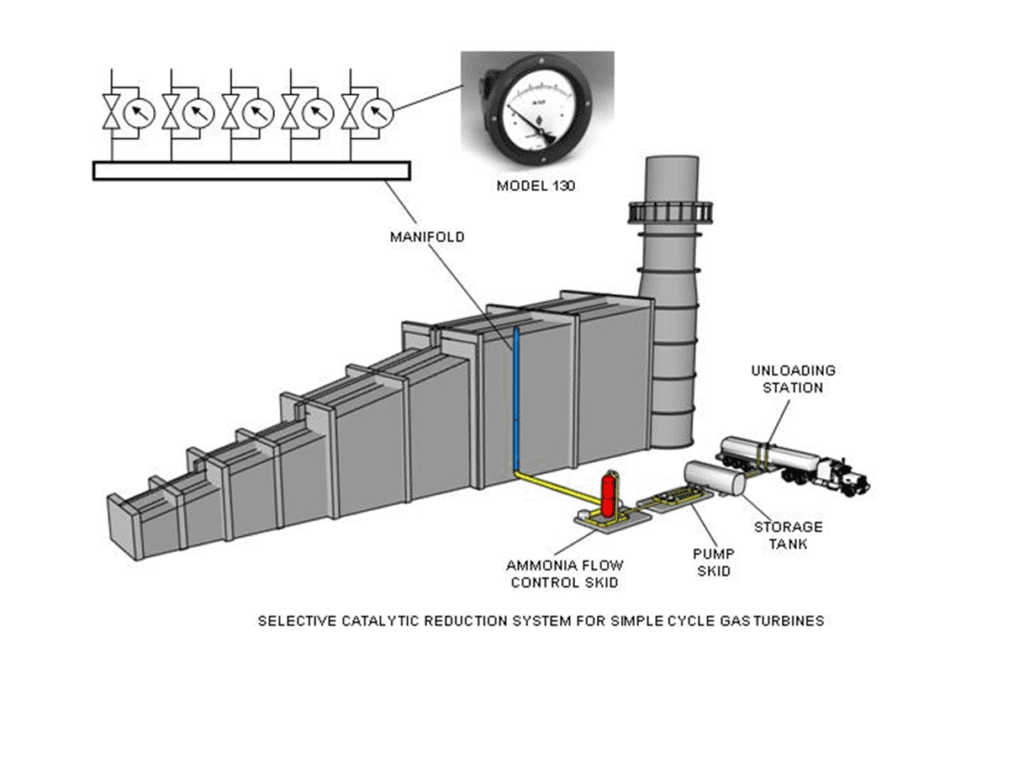Selective Catalytic Reduction Technology
Selective Catalytic Reduction (SCR) is a widely used emissions control technology employed in various industries to reduce harmful nitrogen oxide (NOx) emissions from exhaust gases, such as those produced by industrial processes, power plants, and vehicles. NOx can cause respiratory conditions like asthma or bronchitis, contribute to smog, and lead to the formation of acid rain, so SCR is vital for sustainability.
The Selective Catalytic Reduction Process in Action
The SCR process involves injecting a reducing agent, often ammonia (NH3), into the exhaust gas stream before it passes through a catalyst chamber. In the presence of a catalyst, typically made of materials like vanadium, titanium, or zeolite, a chemical reaction occurs between the ammonia and the NOx compounds. This reaction converts NOx into diatomic nitrogen (N2) and water vapor (H2O), which are harmless and environmentally friendly components.
Crucial Ammonia Flow Regulation
The key aspect is the regulation of ammonia flow into the Selective Catalytic Reduction system. This regulation is crucial because it ensures that the right amount of ammonia is introduced into the exhaust stream to facilitate the NOx reduction reaction effectively. Both anhydrous ammonia (NH3) and aqueous ammonia (NH4OH) can be used as the reducing agent, depending on the specific application and system design.
In summary, SCR systems play a vital role in reducing NOx emissions by precisely controlling the flow of ammonia, which acts as a reducing agent in the conversion of nitrogen oxides into benign compounds.
For over 60 years, Mid-West Instrument has been a leading provider of premium differential pressure gauges. Need help finding the right pressure gauge and equipment for your business? Reach out to us today to speak with one of our experienced professionals.


